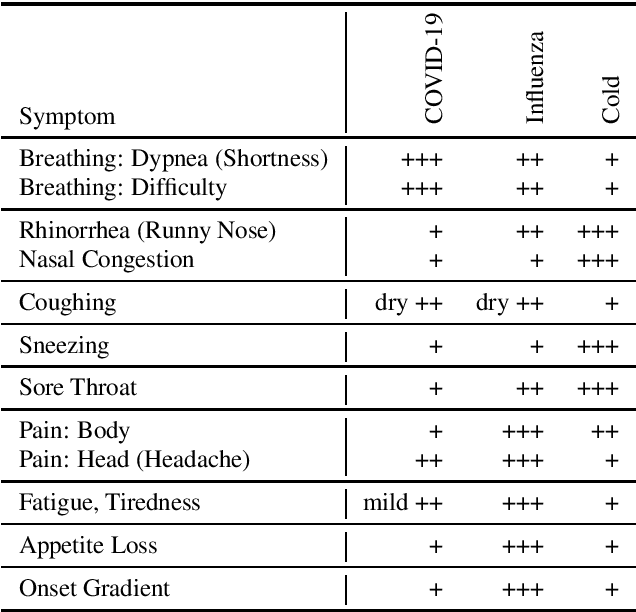Dagmar M. Schuller
Audiovisual Affect Assessment and Autonomous Automobiles: Applications
Mar 14, 2022Abstract:Emotion and a broader range of affective driver states can be a life decisive factor on the road. While this aspect has been investigated repeatedly, the advent of autonomous automobiles puts a new perspective on the role of computer-based emotion recognition in the car -- the passenger's one. This includes amongst others the monitoring of wellbeing during the commute such as to adjust the driving style or to adapt the info- and entertainment. This contribution aims to foresee according challenges and provide potential avenues towards affect modelling in a multimodal "audiovisual plus x" on the road context. From the technical end, this concerns holistic passenger modelling and reliable diarisation of the individuals in a vehicle. In conclusion, automated affect analysis has just matured to the point of applicability in autonomous vehicles in first selected use-cases, which will be discussed towards the end.
COVID-19 and Computer Audition: An Overview on What Speech & Sound Analysis Could Contribute in the SARS-CoV-2 Corona Crisis
Mar 24, 2020

Abstract:At the time of writing, the world population is suffering from more than 10,000 registered COVID-19 disease epidemic induced deaths since the outbreak of the Corona virus more than three months ago now officially known as SARS-CoV-2. Since, tremendous efforts have been made worldwide to counter-steer and control the epidemic by now labelled as pandemic. In this contribution, we provide an overview on the potential for computer audition (CA), i.e., the usage of speech and sound analysis by artificial intelligence to help in this scenario. We first survey which types of related or contextually significant phenomena can be automatically assessed from speech or sound. These include the automatic recognition and monitoring of breathing, dry and wet coughing or sneezing sounds, speech under cold, eating behaviour, sleepiness, or pain to name but a few. Then, we consider potential use-cases for exploitation. These include risk assessment and diagnosis based on symptom histograms and their development over time, as well as monitoring of spread, social distancing and its effects, treatment and recovery, and patient wellbeing. We quickly guide further through challenges that need to be faced for real-life usage. We come to the conclusion that CA appears ready for implementation of (pre-)diagnosis and monitoring tools, and more generally provides rich and significant, yet so far untapped potential in the fight against COVID-19 spread.
 Add to Chrome
Add to Chrome Add to Firefox
Add to Firefox Add to Edge
Add to Edge